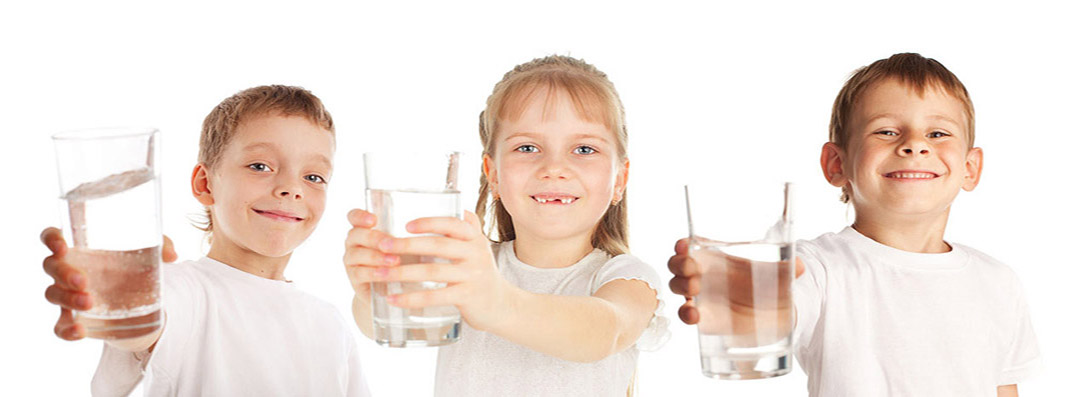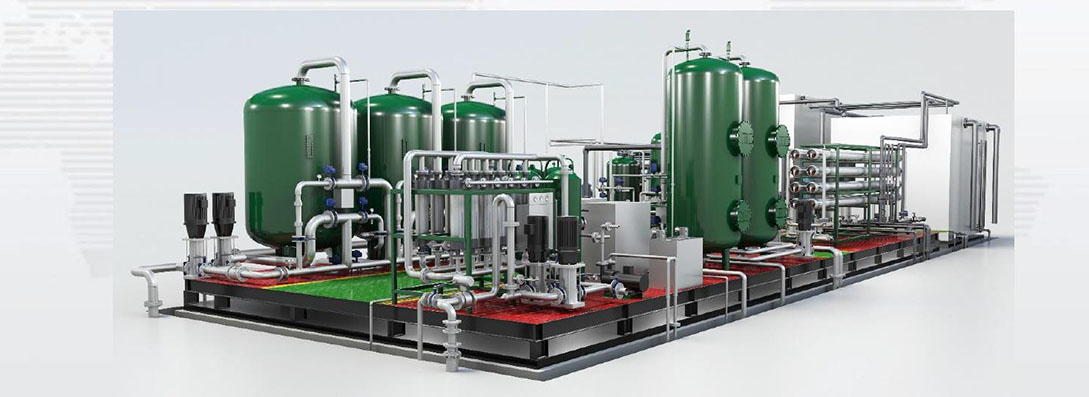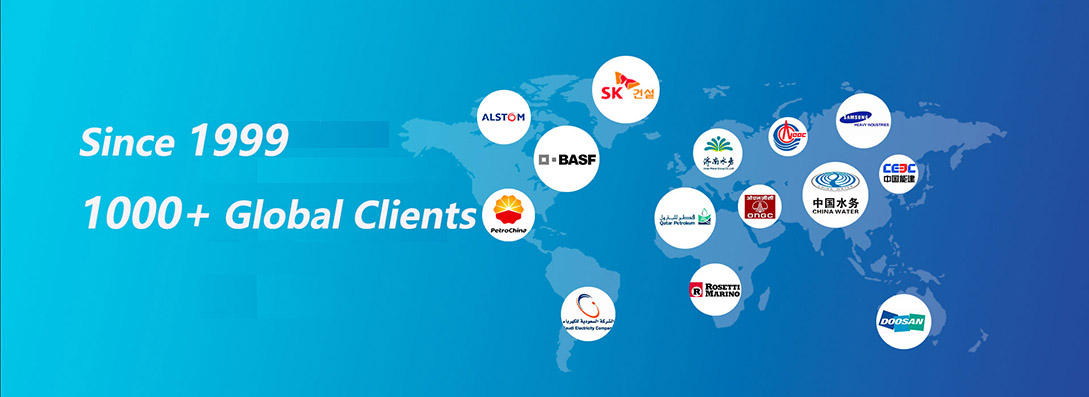9 functions of sodium hypochlorite (in daily life, laboratory, hospital)
Sodium hypochlorite is a compound with the chemical formula NaOCl. Sodium hypochlorite solutions are often called whiteners or bleaches. This compound is also commonly used as a disinfectant. BLUEWAV sodium hypochlorite equipment uses the electrolysis of salt water to produce sodium hydroxide and chlorine gas, which are then combined to form sodium hypochlorite.
Sodium hypochlorite bleach
Whitener or also known as household bleach is usually a solution containing 4-6% sodium hypochlorite and 0.01-0.05% sodium hydroxide, with the sodium hydroxide used to delay the breakdown of sodium hypochlorite into sodium chloride and sodium chlorate . For household purposes, sodium hypochlorite is used to remove stains from clothing.
This solution is very effective for stains on cotton fibers as it removes them perfectly. For a standard-sized washing machine, you only need to use 50 to 250 ml of this solution, depending on the amount of laundry you want to wash. The properties of household bleach that effectively remove stains may also cause cumulative damage to organic fibers, such as cotton. If bleach is used regularly on cotton clothes, the durability of the clothes will be reduced. Sodium hydroxide, also used in bleach, may also cause fiber degradation.
This compound is not volatile and unrinsed sodium hydroxide residue will slowly destroy organic fibers with the help of moisture. Therefore, if the stain only appears in a specific area, you should consider treating it if necessary.
Careful treatment with vinegar (or a weak acid) will neutralize the sodium hydroxide and allow any remaining chlorine in the hypochlorite to evaporate. T-shirts and cotton that tear easily show the effects of using bleach during laundry. Hot water increases the effectiveness of bleach because the reactivity of these molecules increases.
Sodium hypochlorite acts as a disinfectant
Before brewing wine or beer, add a weak solution of 2% household bleach to warm water to clean soft surfaces. Surfaces need to be rinsed to prevent damage to the taste of these drinks. Byproducts of surface cleaning processes that contain chlorine can also be dangerous.
Direct contact with surfaces on food processing tools that have been cleaned with solutions containing bleach is allowed as long as the solution can be rinsed thoroughly before coming into direct contact with the food and solution. Chlorine levels should not exceed 200 ppm (for example, one tablespoon of household bleach contains 5.25% sodium hypochlorite per gallon of water).
If higher concentrations are used, the surface should be rinsed with potable water after sanitation. Household bleach diluted with water (one part bleach to 4 parts water) is effective against many bacteria and some viruses. The solution is corrosive and does need to be rinsed after use.
Sometimes disinfected with bleach and then ethanol. Commercially produced disinfectants often contain sodium hypochlorite as the single active ingredient, even though the product also contains surfactants (to prevent spotting) and fragrances (to mask the smell of bleach).
Water treatment effect of sodium hypochlorite
For breakpoint chlorination of water or well systems, a 3% solution of household bleach can be used. For larger systems, sodium hypochlorite is more practical because lower levels of this compound can be used. The alkalinity of sodium hypochlorite solutions may also cause minerals such as calcium carbonate to precipitate, so breakpoint chlorination is often accompanied by a clogging effect.
Precipitation may also hold bacteria in place, making the process less efficient. Sodium hypochlorite has been used to disinfect drinking water. For this purpose, use a concentration equivalent to approximately 1 liter of household bleach per 4000 liters of water. The exact amount needed depends on the water chemistry, temperature, contact time and the presence of sediment. In large-scale applications, chlorine residuals are measured to correctly determine dosage levels.
For emergency disinfection, the U.S. Environmental Protection Agency recommends using 2 drops of 4 to 6 percent household bleach per liter of water. If the required water does not smell of bleach, you can add 2 more drops of bleach. There is an increasing trend towards long-term storage of drinking water for use in emergencies. If you do this, you will need to consider following the same treatment regimen during storage (rather than upon withdrawal), which typically requires an additional level of treatment of about 15 drops per gallon of water.
You need to make sure that the water smells like bleach after leaving it for half an hour. Additionally, it is recommended to treat the water and replace it every 3 to 5 years. It has long been recommended to clean food containers (usually made of polyethylene) with warm soapy water or a strong solution of water and bleach, followed by rinsing with clean water.
Sodium hypochlorite for endodontic treatment
Sodium hypochlorite is also used in endodontics during root canal treatment of teeth. This compound is ideal for its ability to resist pathogenic organisms and pulp decay. In the past, Henry Drysdale Dakin solution (0.5%) was used for this treatment. The concentration of sodium hypochlorite used in endodontic treatment these days may vary from 0.5% to 5.25%.
At low concentrations, the compound dissolves dead tissue, while at higher concentrations, the compound dissolves better but may also dissolve vital tissue, an unexpected and common effect. Studies have shown that clinical effectiveness is not significantly improved at concentrations above 1%.
Sodium hypochlorite as a household bleach
Household bleach and pool chlorination solutions are often stabilized by a concentration of lye (NaOH), which is an important component in forming the reaction. Exposed skin may become irritated or burned by the elimination of lipids and destruction of tissue. Due to this process, bleach makes the skin smooth. Trichloramine is a gas used in swimming pools that may cause atopic asthma.
Sodium thiosulfate is an effective chlorine neutralizer. Rinse the skin with 5 mg/L solution and wash immediately with soap and water to remove the chlorine smell from the skin. Mixing bleach with several household cleaners can be dangerous.
For example, mixing an acid-based cleaner with sodium hypochlorite bleach produces chlorine gas. Chloramines may be produced when sodium hypochlorite is mixed with ammonia solutions, including urine. Mixtures of other cleaning materials or organic materials with sodium hypochlorite may produce a gaseous reaction that can cause acute lung injury. Both chlorine and chloramine are toxic. Bleach can react violently with hydrogen.
Sodium hypochlorite neuroneutralizing substance
In various facilities across the United States for the treatment of neurological injuries, 50% sodium hypochlorite is used as a material to remove any neurological or hazardous materials from the PPE (personal protective equipment) after personnel enter the infectious area. 50% sodium hypochlorite can also be used to neutralize the release of neurologic substances in infectious areas. A lower concentration of sodium hypochlorite is used in the same manner in a Pollution Prevention System (PPS) to ensure that no nerve substances are released into the furnace exhaust.
Sodium hypochlorite solution
A household whitener sold for washing laundry is a 3-6% sodium hypochlorite solution. The efficacy of the solution varies from one formulation to another and will gradually decrease during storage. The 12% solution is widely used for water chlorination, while the 15% solution is often used as a disinfectant for refinery wastewater. Sodium hypochlorite can also be used for drinking water disinfection. This solution can also be found on store shelves as a daily hygiene spray.
Oxidation of sodium hypochlorite
Household bleaches used with transfer phase catalysts have been reported to be useful in oxidizing alcohols in related carbonyl compounds. Sodium hypochlorite is a strong oxidizing agent. Oxidation reactions are corrosive. The solution can burn the skin and may cause eye damage, especially when used in high concentrations.
However, according to the NFPA, only solutions containing sodium hypochlorite in high concentrations above 40% are considered hazardous oxidants. Solutions containing less than 40% sodium hypochlorite are considered moderately hazardous oxidants. Chlorination of drinking water may oxidize organic contaminants producing trihalomethanes (also known as haloforms), which are carcinogens.
Hypochlorine’s cost-effective disinfectant mechanism of action
E. coli exposed to sodium hypochlorite will lose viability in less than 100 milliseconds due to inactivation of vital systems. Sodium hypochlorite causes 100% growth inhibition in just 5 minutes. However, it must be noted that the concentration of biocide required in this process is also very dependent on the concentration of bacteria.
Application
Contact Us

Name: Diana
E-mail: [email protected]
Skype: +86-15-22-27-71-011
WeChat: +8615222771011
Whatsapp: +8615222771011
Add: Office N.420D-C1 Tower Ajman,UAE









 Skype Chat
Skype Chat WhatsApp
WhatsApp  Mail inquiry
Mail inquiry
